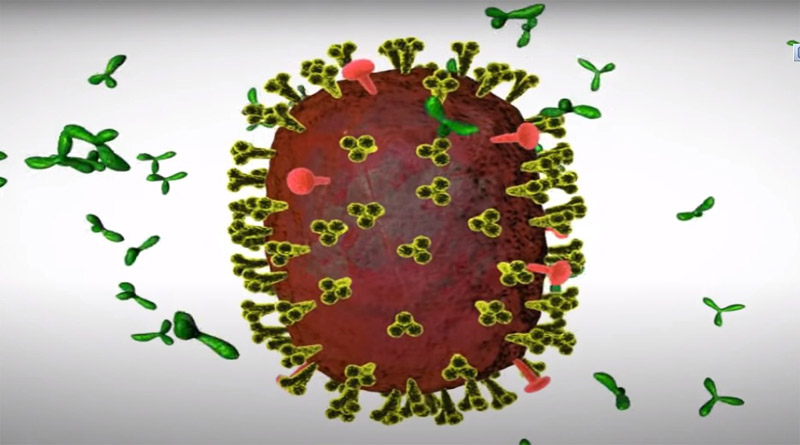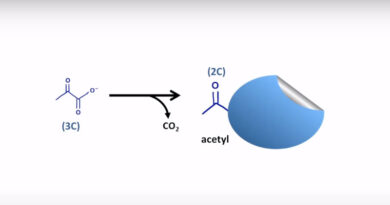What is Antigenic drift?
Antigenic drift is a process that occurs in viruses, particularly in influenza viruses, where small genetic changes accumulate over time, leading to the formation of new strains or variants. These genetic changes happen primarily in the genes that code for the viral surface proteins, hemagglutinin (HA) and neuraminidase (NA). These surface proteins are the main targets of the immune system’s response to infection.
The genetic changes that occur in antigenic drift are often point mutations, which are tiny alterations in the viral genome. These mutations can lead to differences in the amino acid sequence of the viral proteins, particularly in the regions recognized by the immune system. As a result, the immune response generated against a previous strain of the virus may no longer be fully effective against the mutated strains.
1. Antigenic drift in Influenza A:
Influenza antigenic drift A refers to the slow accumulation of genetic changes in the influenza virus, especially in the genes encoding the viral surface proteins hemagglutinin (HA) and neuraminidase (NA). These proteins are responsible for viral attachment to host cells and subsequent viral replication.
Due to the high mutation rate of the influenza virus, antigenic drift occurs frequently. It leads to minor changes in the antigenic properties of the virus, specifically the HA and NA proteins, resulting in the formation of new strains or subtypes of influenza A. These genetic changes allow the virus to evade immune recognition by pre-existing antibodies in the population, potentially leading to the re-emergence of influenza epidemics or pandemics.
Antigenic drift is driven by natural selection and immune pressures. The immune system recognizes and produces antibodies against specific viral strains it has encountered before. However, due to the genetic variations resulting from antigenic drift, these antibodies may no longer be effective against the newly evolved strains. As a result, individuals who were previously immune or partially immune to a particular strain may become susceptible to infection by the drifted strain.
The continuous antigenic drift of the influenza A virus poses a challenge for vaccine development. To keep up with the evolving strains, the World Health Organization (WHO) and other health organizations monitor influenza virus evolution and recommend updates to the annual influenza vaccine composition. These recommendations are based on surveillance data and predictions of which strains are most likely to circulate in the upcoming flu season.
In summary, antigenic drift in influenza A is the gradual accumulation of genetic mutations in the virus, leading to minor changes in the antigenic properties of the surface proteins. This enables the virus to evade pre-existing immunity and potentially cause new outbreaks or pandemics. Continuous surveillance and updates to the annual vaccine are crucial in controlling the spread of influenza A
2. Antigenic drift in influenza B:
Antigenic drift in influenza B refers to the gradual accumulation of genetic mutations or changes in the surface proteins of the virus. Influenza viruses, including influenza B, possess two major surface proteins called hemagglutinin (HA) and neuraminidase (NA). These proteins are important for viral attachment, entry into host cells, and evasion of the immune system.
Due to the high mutation rate of influenza viruses, genetic changes can occur as the virus replicates. Antigenic drift specifically refers to small changes in the genetic sequence of the HA and NA genes, leading to the production of slightly different surface proteins. These subtle changes can affect the ability of the virus to be recognized by the immune system, leading to reduced immunity and increased susceptibility to infection.
As a result of antigenic drift, new strains or variants of influenza B emerge over time. This process is one of the reasons why seasonal influenza vaccines need to be updated regularly. The World Health Organization (WHO) closely monitors the circulating influenza strains and recommends updates to the vaccine composition to ensure that it provides the best possible protection against the circulating strains.
It is worth noting that antigenic drift is more prominent in influenza B and influenza A subtypes, compared to influenza C. This is because influenza C undergoes antigenic shifts less frequently, which involves significant changes in the viral surface proteins and can lead to the emergence of entirely new subtypes or strains.
In summary, antigenic drift in influenza B refers to the gradual genetic changes in the surface proteins of the virus, specifically the HA and NA proteins. These changes can impact the ability of the immune system to recognize and neutralize the virus, leading to the emergence of new strains and the need for regular updates to influenza vaccines.



